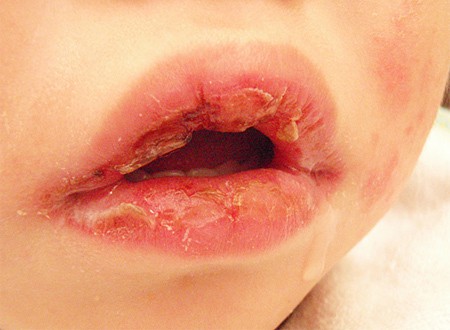Abstract
We investigated the evidence for an infectious etiology of Kawasaki disease (KD), an acute vasculitis of unknown etiology, by assessing the effects of KD on the T cell antigen receptor variable beta region families (V beta). Using 3-color flow cytometry, we studied KD patients pre- and post-intravenous gamma globulin (IVIG) therapy and at > 40 days post therapy, additionally comparing them to matched pediatric control patients (PCC) and their own healthy parents (one parent/KD child). Of all the V beta families examined, only V beta 2 exhibited statistically significant differences, between the pre- and post-IVIG samples and preIVIG and parent samples. No associations were found between V beta 2 findings and T cell memory, activation, or adhesion markers. For 2 KD patients, 4 parents, and 1 PCC participant, > 15% of resting CD8+ lymphocytes and > 15% of blastic CD8+ lymphocytes expressed a single V beta family, which varied by individual, without similar expansions in the CD4+ cell populations. One of the participants with this abnormality was the only one with significant cardiac abnormalities. For all participants with the V beta abnormality, other T-cell abnormalities were extensive and involved both CD4+ and CD8+ cells. We suggest that V beta 2 changes do occur in KD, as previously reported. However, these may not be involved in disease pathogenesis. Other V beta changes also occur. Those occurring in parents may reflect asymptomatic reinfection with an infectious agent causing KD. Further, some KD patients may have restricted cytotoxic T-cell responses to that as yet unidentified agent; this restricted response may be associated with more severe cardiac involvement.
Jason J, Montana E, Donald JF, Seidman M, Inge KL, Campbell R
Hum. Immunol. 1998 Jan;59(1):29-38
PMID: 9544237
Jason-1998-Kawasaki-TCR-Document_3006943_87694